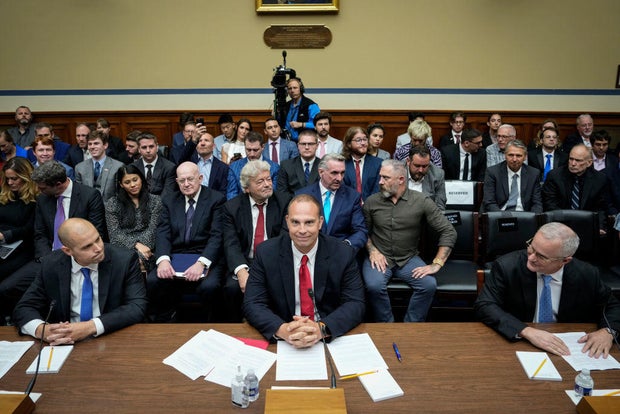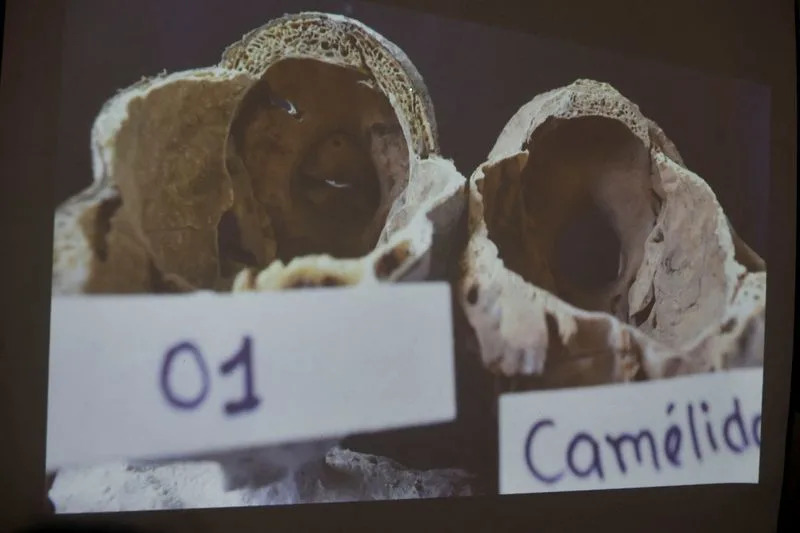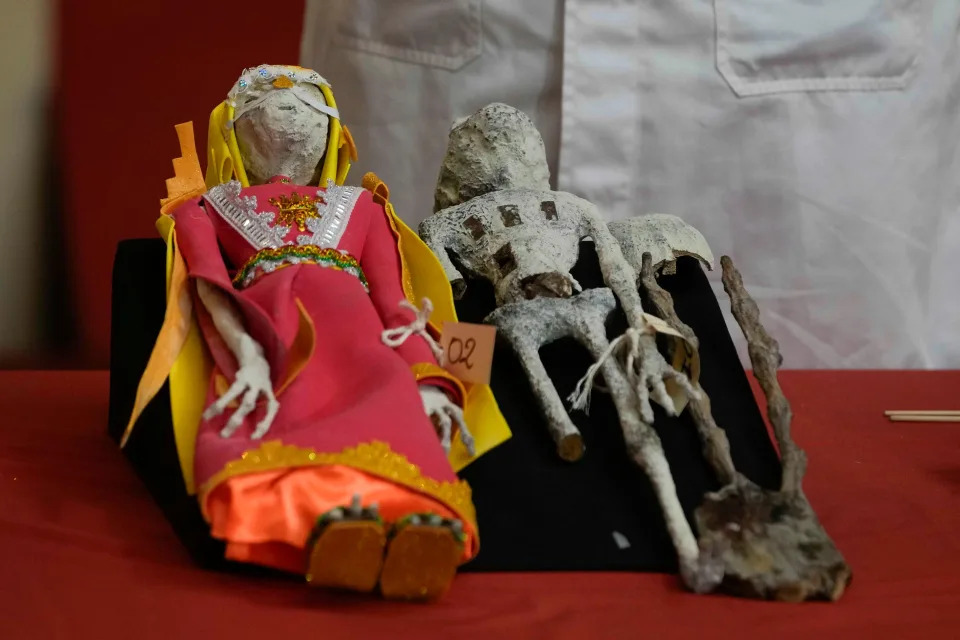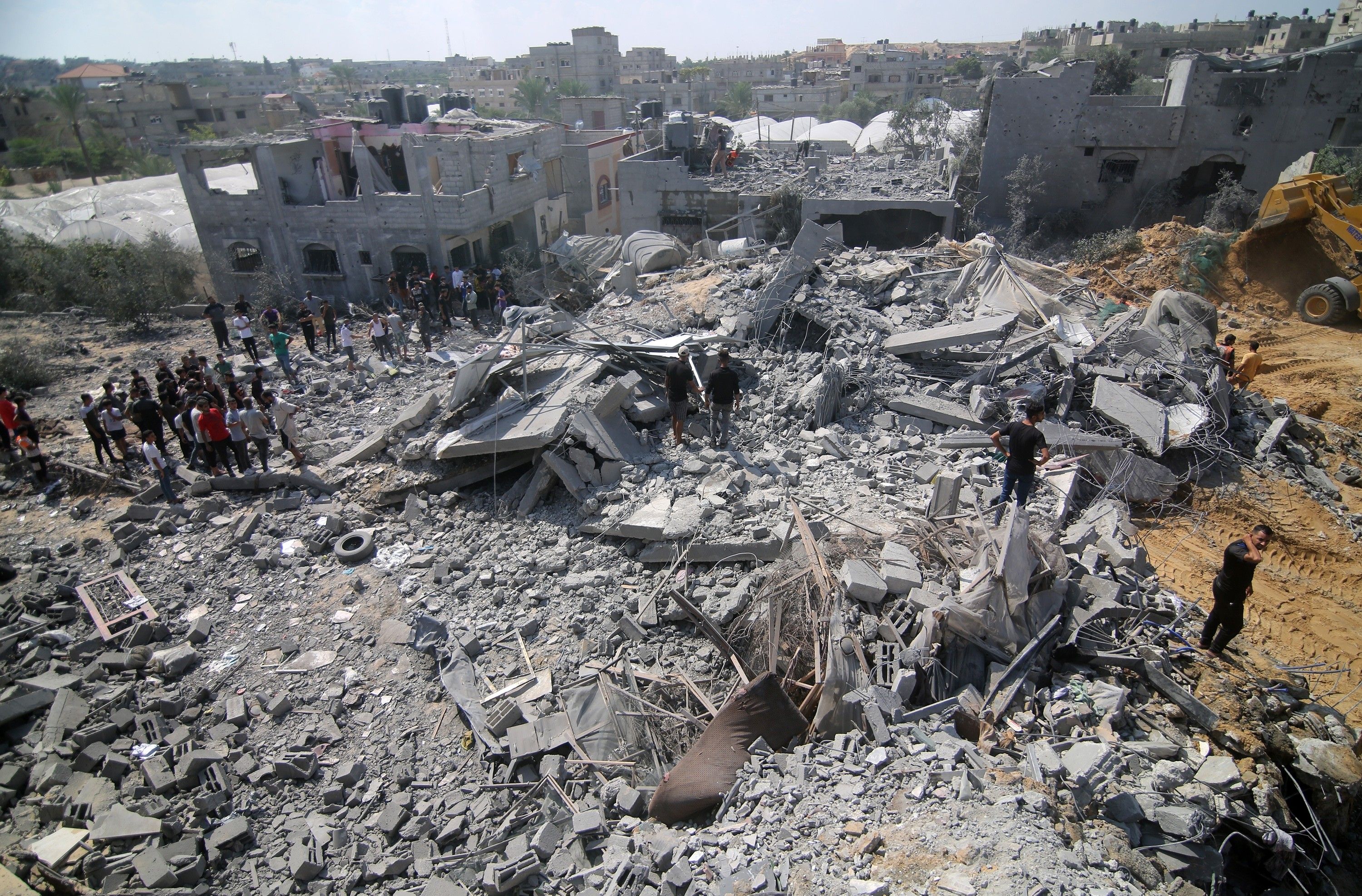The World Majority countries do not set themselves
BY TIMOFEY BORDACHEV
JANUARY 13, 2024

The World Majority countries do not set themselves the task of breaking the existing international order and destroying globalisation. However, they are gradually increasing the degree of their independence in determining foreign policy decisions and economic partnerships, writes Valdai Club Programme Director Timofei Bordachev.
The main events and processes in international politics throughout 2023 have shown that the origin of the fundamental changes taking place is natural, and the main processes are constructive. That is why future historians will consider the year 2023 to be when people stopped perceiving the new reality dramatically and began to develop a constructive attitude towards it. In other words, it was in 2023 that many of us finally realized that the collapse of the past international order wasn’t a disaster, and contains far more positive things for the development of the whole world.
Since the nature of international politics is tragic, it will always be accompanied by shocks and horrors of war, which make our individual disappointments about unfulfilled expectations seem naive. Therefore, it is better for observers to limit the public display of their optimistic expectations. However, there is reason to think that behind all the dramas we are observing there loom the features of the balance which will serve as the basis for a relatively peaceful and fair order in the future. Moreover, some features and characteristics of this order have already become noticeable.
It is especially inspiring that the behaviour of the powers acting as their bearers is not destructive to the foundations of relations between states or aimed at inciting full-scale military confrontations. Among these signs of a new international order, several of the most important features can be seen. First, the emergence of democratic multipolarity, symbolized by the BRICS association. Second, the gradual erosion of the monopoly of a narrow group of states in various sectors of the world economy. Third, the revival of foreign policy activity of the majority of countries, which we define as the World Majority: a group of states that do not set for themselves revolutionary tasks, but strive to strengthen their independence in world affairs and determine their own future.
All these bright phenomena of world politics in 2023 show that political changes, if we use Edward Carr’s definition from his The Twenty Years’ Crisis: 1919–1939 have a much higher probability than revolutionary changes, which have always led humanity to world wars. Now we see that even the most conservative forces in international affairs, united in military-political blocs led by the United States, are also either moving towards a revision of the order in which they had a privileged position, or are waging defensive battles, the task of which is to create conditions for future negotiations. In the same case, when it comes to the forces of progress, led by the BRICS group, the struggle for change also has the character of a revision of the international order, but not its decisive destruction. This allows the observer to be cautiously optimistic about our common future.
At the same time, the revisionist approach on the part of the actual opponents of the West seems to us to be the most important characteristic of the changes taking place. Perhaps for the first time, powers whose practical activities are aimed at revising unjust orders and customs, firstly, rely on the existing body of international law, and, secondly, do not set themselves the task of neutralizing powers with which they are in a state of direct or indirect conflict. What role the phenomenon of significant stockpiles of nuclear weapons at the disposal of the five powers plays in this remains to be repeatedly comprehended by historians. However, if it is decisive, it is the consequences, and not just the cause, that have paramount importance for us.
The BRICS group was created in an era when the dominance of the United States and its closest European allies in world affairs was almost complete; they could act as the main distributors of global wealth and, most importantly, this situation was relatively satisfactory from the standpoint of other states. This is another phenomenon of the international order to which we are now saying goodbye, and also an indication of how it is happening: never before has injustice in relation to the interests of the majority of the world’s countries, as well as the complete satisfaction with its position of a narrow group of powers, been so effectively balanced by the benefits extracted by practically everyone from globalisation. One can even assume that the state of affairs we know as the Liberal World Order was, in its nature and content, a transitional period between the absolute tyranny of the European empires of the 19th century and the new international order that is only now emerging. It arose in this capacity precisely as a response to the inevitable process of the emergence of many sovereign states, which in the last century acquired a universal character.
The countries that created BRICS in 2006 initially set themselves the task of increasing their influence on world affairs in order to make global development more consistent with their own interests. They did not claim to destroy the US-led world order, and they still haven’t come up with such an ambitious programme. At the same time, the main feature of this association — the sovereign equality of the participants — initially distinguished them from the existing formal and informal coalitions of the West, at the centre of which is the unquestionable power of the United States over the main actions of its allies in the field of foreign policy and security. The BRICS group, by its composition, could not be like this and there is no risk of a similar arrangement of relations between its members.
However, as the crisis of the Liberal World Order grew, the influence and role of the BRICS in world affairs gradually increased. First of all, the political significance of the group has grown — namely, as a way to identify an alternative to Western approaches to solve the problems of global development and the broader international agenda. At the same time, the countries of the group still do not formulate tasks that could be considered a direct challenge to the West or a reflection of a vision of an “ideal” world order, comparable in clarity to the Western one. This is, in our opinion, an inevitable consequence of the lack of hegemony of one power in the group, which does not prevent the emergence of common interests within it, but deprives it of the opportunity to set goals and objectives, the implementation of which requires the subordination of everyone to the leader’s will.
Despite its characteristics and differences from traditional institutions, the BRICS group has undoubtedly become the main phenomenon of international politics in 2023. The decision to expand the group, taken in August 2023, will within a few weeks make it a community of large and medium-sized states. What becomes important is how, with a new composition of participants, and developing partnerships with other powers, the BRICS group will move towards the implementation of its main tasks regarding the world economy — creating “safety nets” that allow globalisation to stay afloat in conditions where its previous leaders in the West can no longer fully perform these functions. The creation of alternative financial mechanisms and the limitation of the monopoly position of the US dollar are now no longer ways of destroying the old world order, but the tools necessary to prevent the global economy from plunging into chaos.
This will allow for the preservation of the most important achievements of globalisation — universal market openness, free trade and technological exchange. That is, precisely those structural capabilities which the independent policies of the countries of the World Majority rely on. These states do not set themselves the task of breaking the existing international order and destroying globalisation. However, they are gradually increasing the degree of their independence in determining foreign policy decisions and economic partnerships. In general, the countries of the World Majority are divided into two groups. Countries of the first group are already confidently building their own independent trajectories to achieve the main development goals and act as partners of both the West and its leading opponents. Countries of the second group are only increasing the level of their demands on the United States and its allies regarding the conditions for maintaining formally respectful relations. However, both types of behaviour are signs of a new era in international politics.
From our partner RIAC
.jpg)















